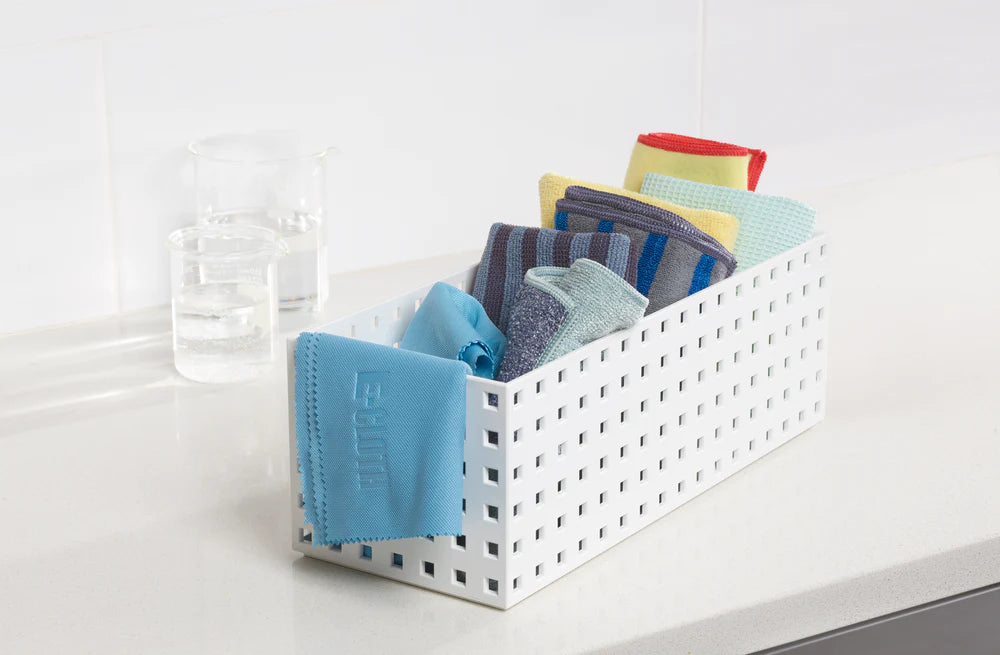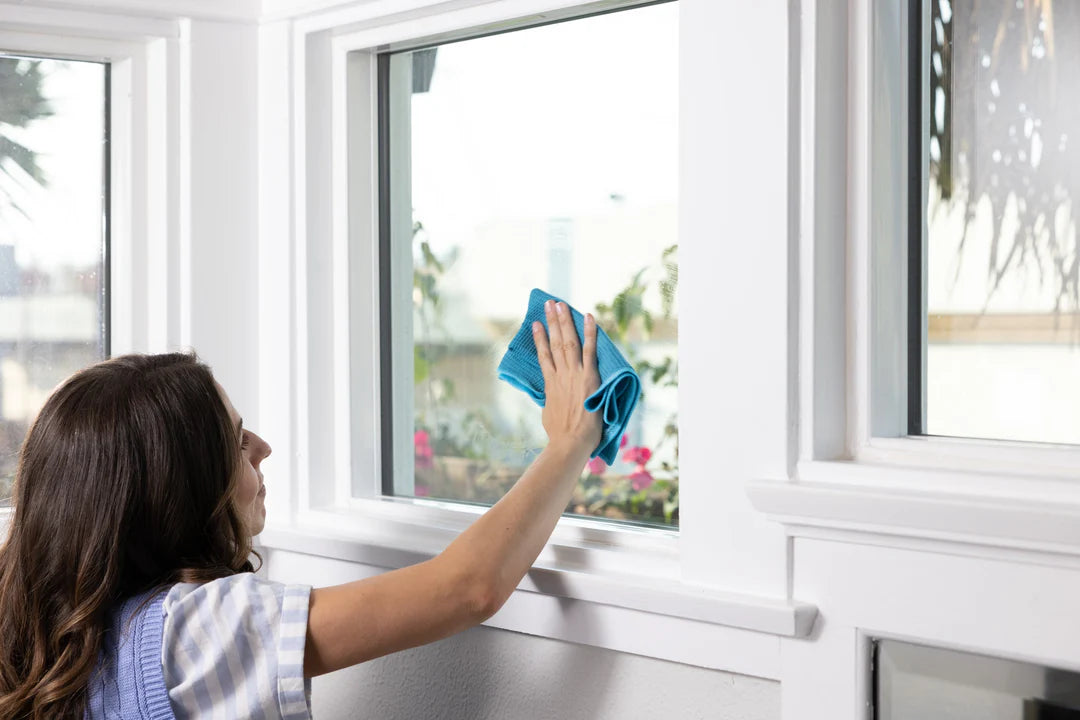How to Clean Inside the Vacuum Cleaner Hose: Step-by-Step

Title
How to Clean Inside the Vacuum Cleaner Hose

How to Maintain Cleanliness Inside the Vacuum Cleaner Hose: Extra Tips
Title
Title
Title

Common Mistakes When Cleaning Inside the Vacuum Cleaner Hose
Title
How Often to Clean Inside the Vacuum Cleaner Hose




